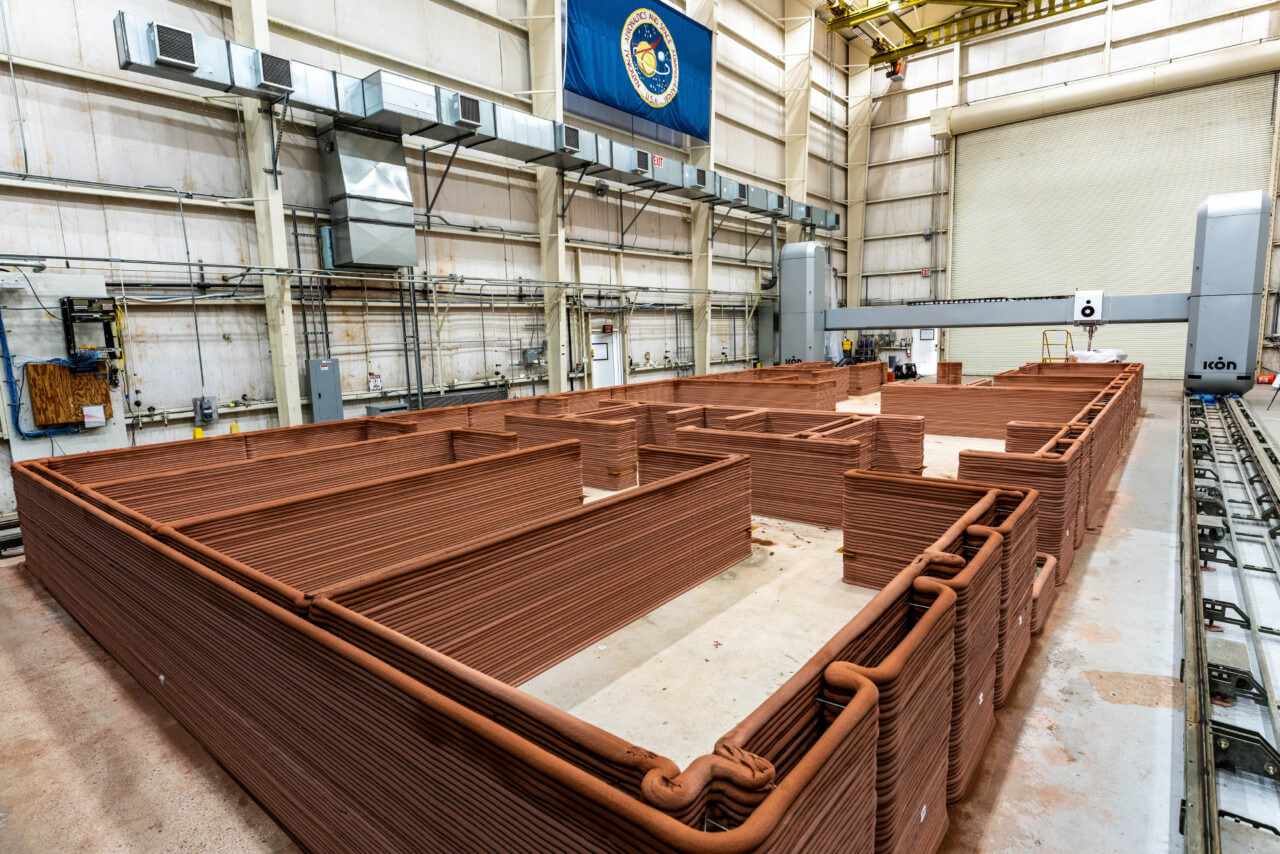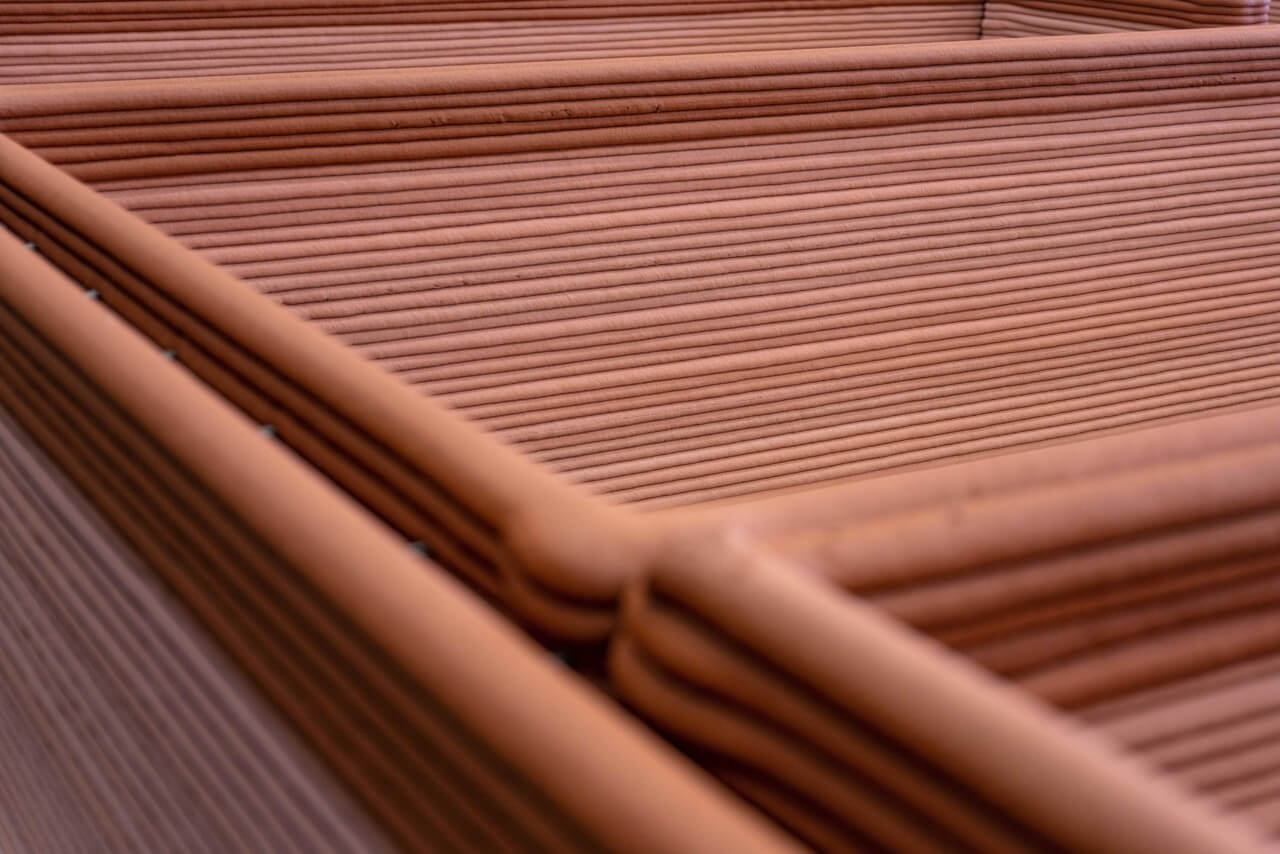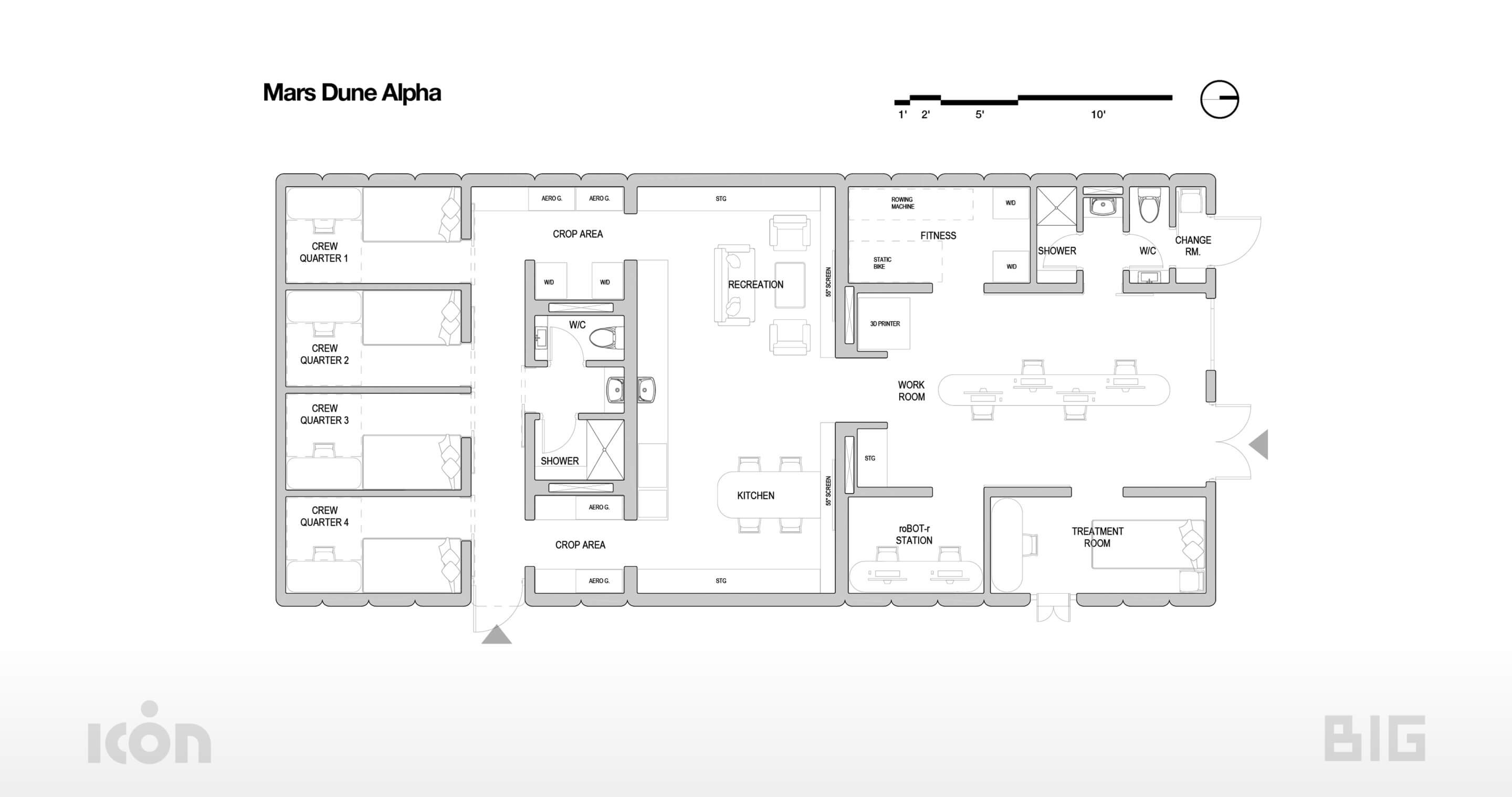Bjarke Ingels Group (BIG) and Texan robotics and advanced materials company ICON have revealed their latest collaboration, the 3D-printed Mars Dune Alpha. The experimental habitat will be used by NASA to simulate long-term missions to Mars and document the effects on participants.

As part of the space agency’s Crew Health and Performance Exploration Analog (CHAPEA) program, the 1,700-square-foot Mars Dune Alpha—already printed by ICON’s Vulcan construction system at the NASA Johnson Space Center in Houston—will be used to host three one-year-long missions to examine what life on Mars would be like inside such a structure. Of course, while simulating living conditions inside of a space habitat to see how inhabitants cope and adapt isn’t a new concept, NASA’s CHAPEA program is different in that anyone can apply to become one of the four crewmates. The first mission will begin in the fall of 2022, and applicants can submit their credentials to NASA through September 17, 2021, for consideration.
“Together with NASA and ICON, we are investigating what humanity’s home on another planet will entail from the human experience,” said Bjarke Ingels in a press release. BIG was responsible for designing the habitat while ICON handled the additive printing process that realized it. “The data gained from this habitat research will directly inform NASA’s standards for long-duration exploration missions, and as such will potentially lay the foundation for a new Martian vernacular. Mars Dune Alpha will take us one step closer to becoming a multiplanetary species.”

The actual habitat itself will contain private crew quarters for four team members, two sections for growing crops in aero gardens, a pair of bathrooms, a recreation area for relaxing, a full kitchen, fitness area stocked with exercise equipment, a communal working space, healthcare area, and robot control station. All-in-all, in plan the habitat resembles a long, rectangular live-work space, albeit one made from in-situ gathered Martian regolith. The work and communal spaces were segmented into different hemispheres of the habitat to create a divide between the two (as much as possible in such a confined space, at least).

Mars Dune Alpha builds on NASA’s past work with BIG and ICON. Last October, the same team revealed that NASA had tapped them to research how to one day realize Project Olympus, a 3D-printed, sustainable lunar habitat that would allow for long-term habitation of the Moon. That was part of NASA’s Artemis program, which is seeking to put humans back on lunar territory in 2024 as the first part of building a self-sustaining colony. Both projects plan on using 3D printing to create inhabitable structures from locally sourced regolith capable of protecting future lunar or Martian astronauts from deadly levels of radiation.
Beyond their working relationship, BIG was one of the backers of ICON’s $35 million Series A funding round last August.